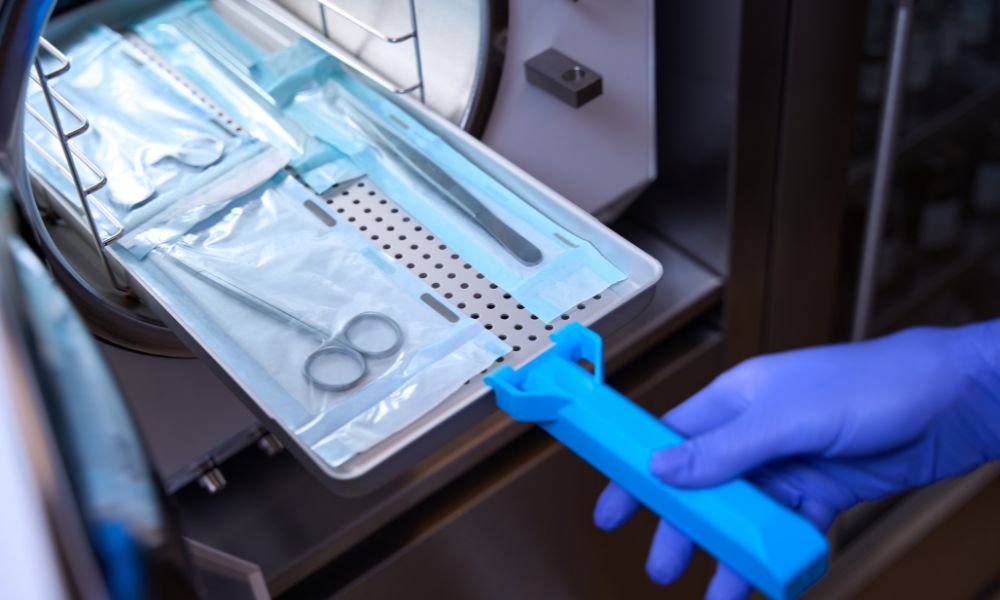In the medical industry, ensuring the highest level of cleanliness and sterility is necessary to ensure the safety of a device. To achieve this, medical device cleaning validation and medical device sterilization validation are essential processes that ensure your products are free from contaminants and safe to use, either after reprocessing or for a single-use application. Here, we will discuss the differences between medical device cleaning and sterilization validation.
Medical Device Cleaning Validation
Medical device cleaning validation is a process that confirms the effectiveness of a cleaning procedure to remove contaminants, such as bodily fluids or tissues, from medical devices. It involves the following steps:
- Defining the cleaning process, such as automated or manual cleaning, and determining the appropriate cleaning agents.
- Identifying potential contaminants and setting acceptance criteria for cleanliness.
- Testing the effectiveness of the cleaning process through sampling and analysis.
- Validating the cleaning procedure based on the test results and ensuring the process consistently meets the defined acceptance criteria when it is performed.
By performing medical device cleaning validation, manufacturers ensure that their devices uphold regulated cleanliness standards and that they are safe for patients and health-care providers. This process plays a crucial role in minimizing the risk of infections and complications arising from the use of contaminated medical devices. Cleaning validations can be performed on single-use and reusable medical devices.
Medical Device Sterilization Validation
Sterilization validation, on the other hand, focuses on ensuring the effectiveness of a device’s sterilization process. This process verifies that the proposed sterilization method effectively kills or neutralizes all viable microorganisms that may be on the device. Medical device sterilization validation typically involves:
- Selecting the appropriate sterilization method (e.g., steam, ethylene oxide, gamma radiation).
- Establishing the sterilization parameters, such as time, temperature, and pressure.
- Testing the sterilization process with biological indicators to ensure the effectiveness of the chosen method.
- Validating the sterilization process by confirming the consistent elimination of viable microorganisms on the device and achieving a 10–6 sterility assurance level during a half cycle.
With the proper medical device sterilization validation testing, manufacturers ensure that their devices are sterile and maintain their sterility during storage and transportation. This further reduces the risk of health-care-associated infections and keeps patients protected from transferable illness.
Determining the Service for You
Now that you know about the core differences between medical device cleaning and sterilization validation, you need to decide which one your product needs, if not both. Devices submitted for FDA 510k approval will usually need both tests performed and validated. Your choice depends on the nature of your product and its intended use. If your device is reusable and requires cleaning between uses, then cleaning validation is essential. On the other hand, if your product is a single-use device or requires sterilization before use, then sterilization validation is necessary.
In most cases, you will need both cleaning and sterilization validation to provide the highest level of safety for patients and health-care providers. Collaborating with a specialized service provider can help you determine the appropriate validations for your product and ensure correct testing.
When it comes to creating a product for the medical industry, having the proper health and safety guidelines in place is essential. Keep patients protected by partnering with HIGHPOWER. Our medical device sterilization validation services provide detailed insight into your processes and can be the perfect resource for helping you perfect your design. By investing in these critical validation processes, you can ensure the safety and effectiveness of your medical devices while building trust with health-care providers and patients alike.
